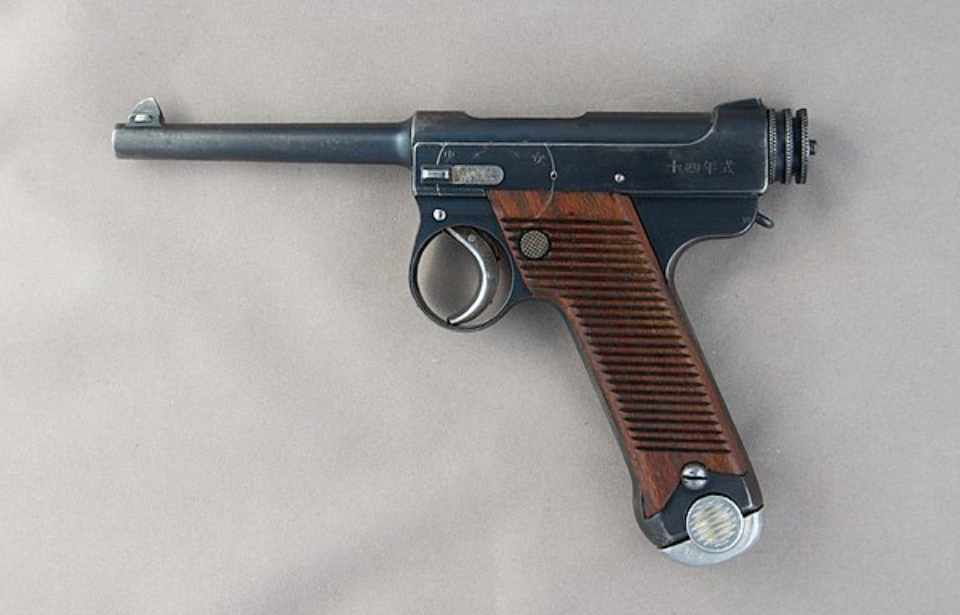In the early 20th century, Japan was eager to improve its military. The country had high hopes of becoming a world power and, in order to do so, needed to modernize. One step taken to accomplish this was the development of the Nambu pistol, which saw use during both the Second Sino-Japanese War and World War II.
Designing the Nambu pistol
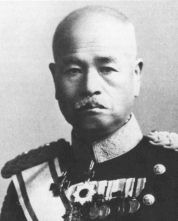
The Type 26, developed by the Koishikawa Arsenal, was the first modern revolver to be put into service by the Japanese Imperial Army, seeing extensive use during the First Sino-Japanese War. At the turn of the 20th century, semi-automatic pistols were becoming more prominent. Kijirō Nambu, a soldier and firearms designer, began work on a new gun, which used the locking mechanism featured on the German Mauser C96.
The initial model of the Nambu pistol was called the “Type A,” and two versions were created. The first, nicknamed the “Grandpa” Nambu by collectors, resembled a Luger and was only manufactured between 1903-06. The second, dubbed the “Papa” Nambu, saw a couple of modifications, including the enlargement of the trigger guard and the ability to have it fitted with a stock.
Development of the Type B Nambu pistol
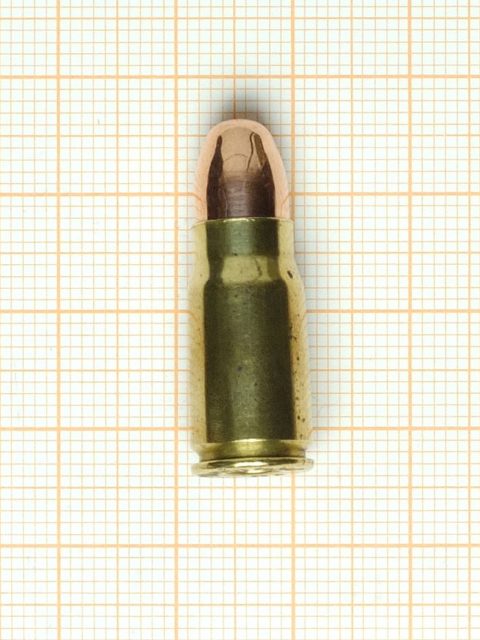
Only 7,000 Type A pistols were produced over its manufacturing period. Given its shortcomings, the Japanese Imperial Army began work on improving the original design. This resulted in the Type B, of which around 6,000 were produced. What made the Type B different from its predecessor was its overall size. Nicknamed the “Baby” Nambu, it was smaller, and featured a magazine made from aluminum and a multiple diameter firing pin.
Traditionally, Japanese military officers were required to purchase their own firearms. The Type B variant of the Nambu pistol was geared toward them. The weapon, however, was prohibitively expensive at 180 yen, which, at the time, was comparable to a captain’s monthly salary.
The Type 14 model was put into mass production
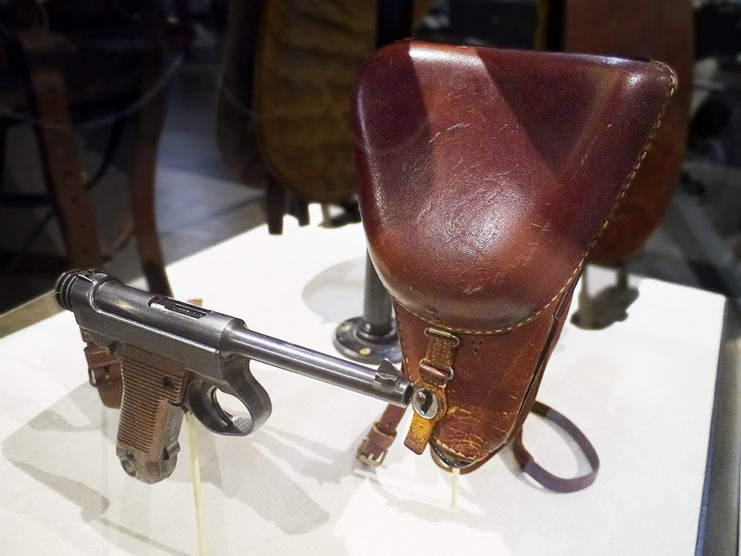
Work on the Type 14 model of the Nambu pistol began in 1926. It was named as such because it went into production during the 14th year of the Taishō period. A recoil-spring, semi-automatic weapon, it fired the 8 x 22 mm Nambu round, which was also used by the Type 100 submachine gun. The barrel’s design was such that only this type of ammunition could be used, making it weaker than similar handguns.
The goal was to produce a weapon that was similar to the Type B, but at a much lower cost. When all was said and done, the new Nambu pistol came in at just 78 yen, making it more accessible to military officers.
The Type 14 went into production and was soon adopted by the Imperial Japanese Army. Over the course of its production period, an estimated 400,000 units were manufactured. However, it’s difficult to ascertain the actual number, as soldiers would often throw away or destroy their guns upon defeat, rather than have them fall into enemy hands.
Use of the Nambu pistol in major conflicts
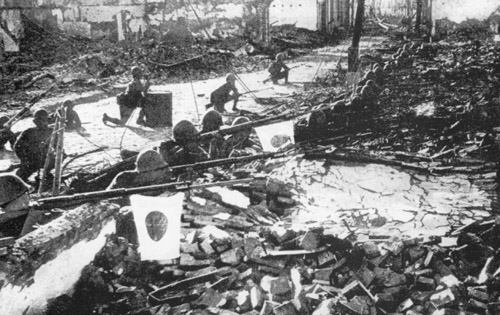
It’s estimated that 4.1 million Japanese soldiers fought in the Second Sino-Japanese War. An additional six million fought in the Pacific Theater during World War II. The Type 14 Nambu became the most widely-used service pistol during this time, with many servicemen having equipped themselves with the weapon.
Due to cost-cutting measures, the Type 14 wasn’t as reliable as its predecessors. There were issues with the magazine, which was difficult to remove if it got wet or dirty. This also made reloading the weapon difficult. In an attempt to rectify this, the magazine catch was removed. A second problem involved the trigger guard. It was too small to be used when wearing heavy gloves. While not necessarily an issue in warmer climates, this issue did become exacerbated when the weather turned cold.
A popular collector’s item
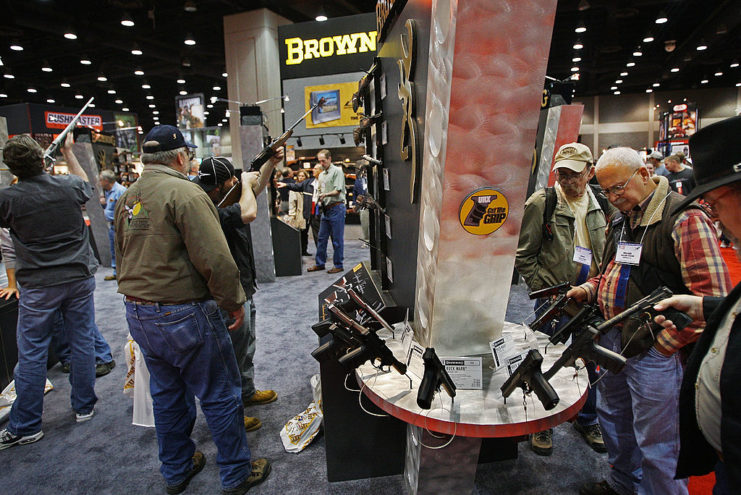
There are many hobbyists who enjoy collecting WWII-era souvenirs – and firearms are no exception. While fighting overseas, American servicemen were known to take their opponents’ guns and other weapons as souvenirs. As a result, a fair number of Nambu pistols wound up in the United States.
More from us: The Mosin-Nagant Has Seen Over a Century of Service
As aforementioned, Japanese soldiers would destroy their weapons, rather than allow their enemies to take them. Therefore, while Type 14 Nambu pistols are available for sale, they’re also quite expensive, coming it at between $800-1,500. The previous two models sell for even more.
